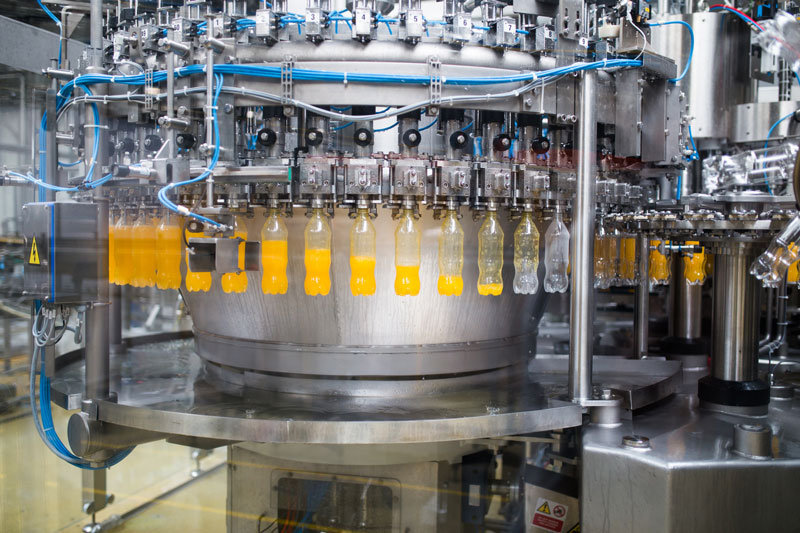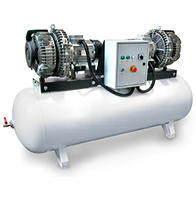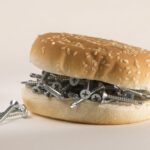Currently Empty: ₹0.00
Using Compressed Air in Food Processing
What is invisible can be the most dangerous. It comes in contact with food and food contact surfaces without us even realizing it. For this, air in general and compressed air specifically needs to be handled carefully in the food production establishment. Compressed air has many applications in the food industry with the introduction of pneumatic operations. It is used in product mixing, cutting, shaping the product, sorting of raw material/finished product, cleaning machinery and lines, transfer of food ingredient from tanker to silos, sorting based on weight, wrapping of the carton, as an ingredient in food products like ice cream and many more.
Ambient air which is used as input for compressor may not be as clean as you think. It contains around 5-25g of water, 1-5 micrograms of oil, and 10-100 bacterial parts per cubic meter. So, it is essential to keep a check on the quality and safety of the compressed air being used. Not just the input, the quality of compressed air also depends on the nature of machinery and pipelines used, air sterilization system, storage tank, air filtration points, inlet and outlet points, and apposite sampling and testing method.
Contaminated compressed air has the ability to affect the sensory and shelf life of the product, including the overall safety and quality of the product. Hence the importance of having standards for limiting the common contaminants like particles, oil, water, microbial load, and gaseous content. To control the contamination during the process, standards also specify the need for a prerequisite environment.
There is a list of different Good Manufacturing Practices for the use of compressed air in the food manufacturing and packaging Industry. US code of federal regulations, 3A standards, British compressed air society (BCAS), Safe quality food (SQF), ISO are some of the well-known standards.
As per SQF “Compressed air Shall be clean and present no risk to food safety, also shall be maintained and regularly monitored for purity”. This is re-inforced in the Edition 8 by now requiring that appropriate filters and monitoring plans are used to ensure there is no risk to food safety. ISO8573-1:2010 also specifies purity classes of compressed air with respect to particles, water and oil independent of the location in the compressed air system at which the air is specified or measured.
In India, IS14642-1(1999) and IS14642-2(1999) provide the specification for “Compressed air for general use” but there are no specifications particularly for the food manufacturing units. IS14642-1 covers contaminants and quality classes referring to ISO 8573-1:2010. IS 14642-2 covers test methods for aerosol oil while referring ISO 8573-2:2018.
In the food manufacturing industry, ISO 8573-1:2010 is the most widely referred standard which lays down the specification of compressed air for direct and indirect food product surface on the basis compressed air purity level. Under this standard 2:2:1 is the class for product contact and 2:4:2 is the class for indirect product contact. ISO8573-7:2003 also specifies test method to detect microbiological contaminants, however there are no specified limits. As a result industries use their own standards keeping the environmental monitoring as their basis. The adjoining table is a quick reckoner on the requirements for classification of air.
COMPRESSED AIR

The role of compressed air in food manufacturing and packaging is as critical as any other utilities and it is essential to have control over its parameters. Processing units must have a system for an effective validation, monitoring, and verification of compressed air for direct and indirect food contact with a realistic frequency. This must be internally validated until mandatory guidelines are published. If the compressed air is procured from an external vendor, then they must be asked to ensure they are providing safe compressed air. It is always best to address compressed air in risk assessment and to design a proper HACCP plan.

Author: Disha Majhi, is a Senior Associate Consultant at Food Safety Works. She is an expert in the milk/dairy segment and cares deeply about the environment impact of the packaging.








